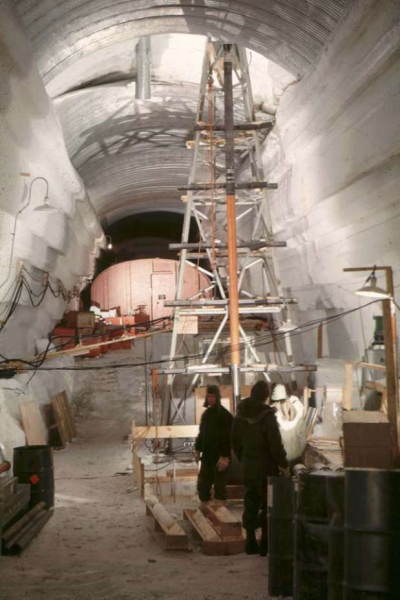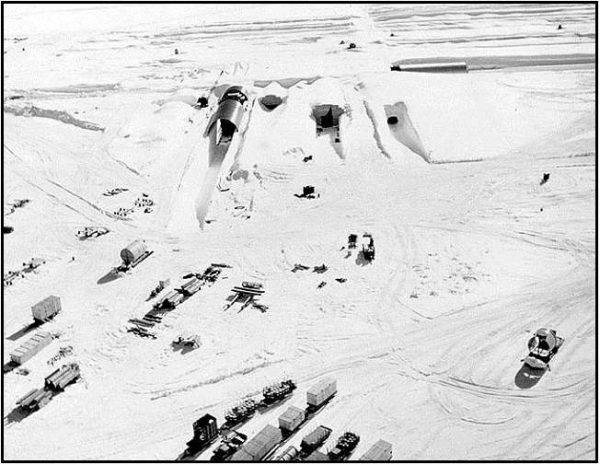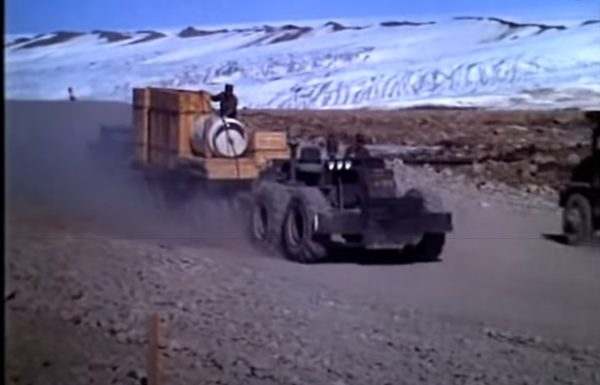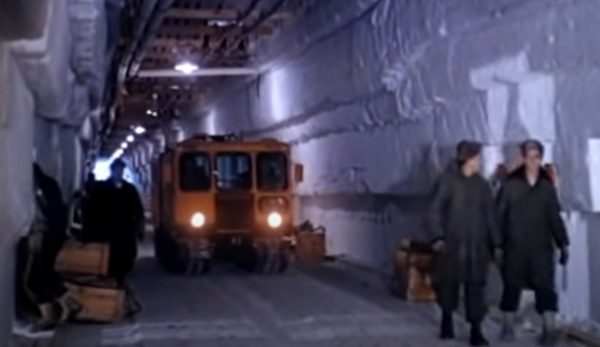Camp Century U.S. Army’s Abandoned Top Secret City Under the Ice Could Soon be Visible
Camp Century – out of of sight out of mind is a fair assumption that those who are responsible for it will forget about it, or at the very least postpone solving it as long as they possibly can.
It’s human nature, and when that tendency is multiplied into the thousands of individuals who comprise a government administration, it’s fair to say that an “invisible” problem just might be ignored indefinitely.

That appears to be the case with Greenland’s Camp Century, a long-abandoned relic of the Cold War between America and the Soviets that sits under the ice in Greenland.
Built in 1959 by the U.S. Army Corps of Engineers, (USACE) the freezing hulk of a camp was, at one time, dreamed of as the perfect spot at which to hide ballistic missiles.
And not only hide them, but fire them if the Cold War escalated into an actual conflict between the Russians and the Americans. Military officials referred to this plan as “Project Iceworm.”
But that was not the camp’s publicized use; officials said the 200 soldiers stationed there were simply doing scientific research, primarily into weather patterns.
For the men living there, conditions were harsh: temperatures plunged as low as minus 70 (F), winds whipped up to 125 miles per hour, and at least four feet of snow fell each year, making life at the camp extremely arduous.
USACE had to build a road to the site, and hauled in approximately 6,000 tons of materials and equipment to get the camp up and running.
It all seems a very long time ago now, considering the Soviet Union has dissolved and the U.S. no longer considers Russia its arch enemy.

But that doesn’t mean the defence stations built by both countries have vanished along with the tensions, such as the “subterranean city” in Greenland, as a magazine article described the camp in 2016.
It is frozen beneath many feet of snow and ice, but if climate change has its way and the icy cover begins to slowly melt, the camp may become visible by 2090.
One scientist, at least, is convinced this will occur, Liam Colgan, a glaciologist at York University in Toronto, Canada.
Colgan did a study and follow up report of Camp Century a few years back, and published his findings in Geophysical Research Letters, an academic journal, in 2016.

The camp was abandoned by the U.S. in 1967, as tensions between America and Russia eased.
Greenland was given partial autonomy by Denmark in 1979, and now, because no one is seemingly worried about the melting ice that will reveal the camp, no action is underway to dismantle it by any government.
Not only is the camp on the site, but so are all the ancillary by-products of its existence, including diesel fuel, sewage and — perhaps most worrisome — radiological waste from a nuclear generator.

And so, the question now is, what will become of the camp’s remains if the snow keeps melting and it is eventually exposed?
Military officials are not saying if any plans are in the works to deal with the detritus — some of it quite dangerous. But presumably, if Professor Colgan’s predictions are correct, officials in Denmark or America, or perhaps both, will have to develop a strategy for handling it all safely.
Camp Century, so named because it is more than 100 miles away from the nearest air base at Thule, is another example of the many leftover sites from the Cold War that no one seems anxious to tackle.
Another Article From Us: Thawing Permafrost May Contain Previously Unknown Deadly Diseases
And it is also another example of what may someday happen in many countries, even in a location as cold and unforgiving as Greenland, if climate change is not bumped to the top of the priority list for governments right around the globe.





